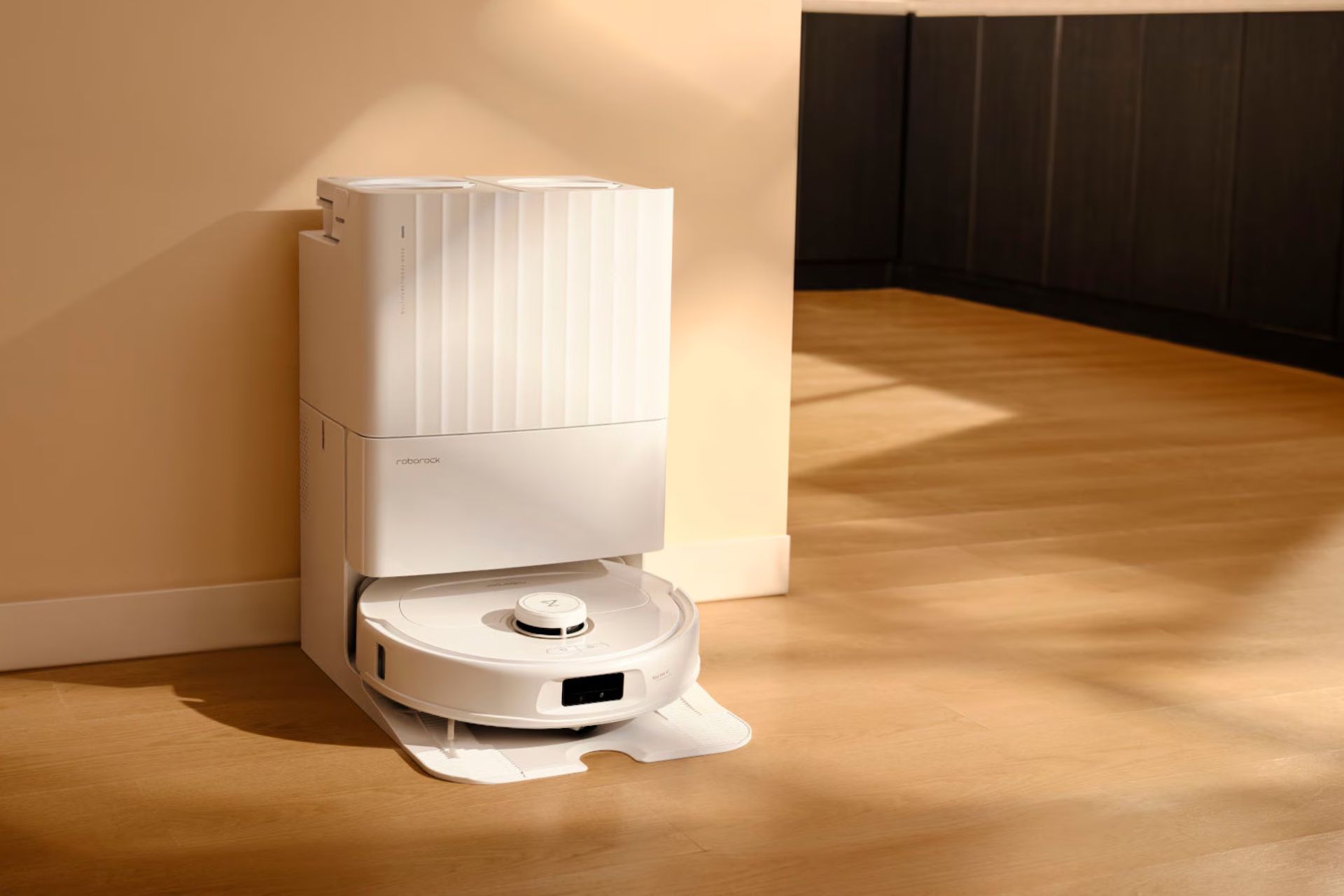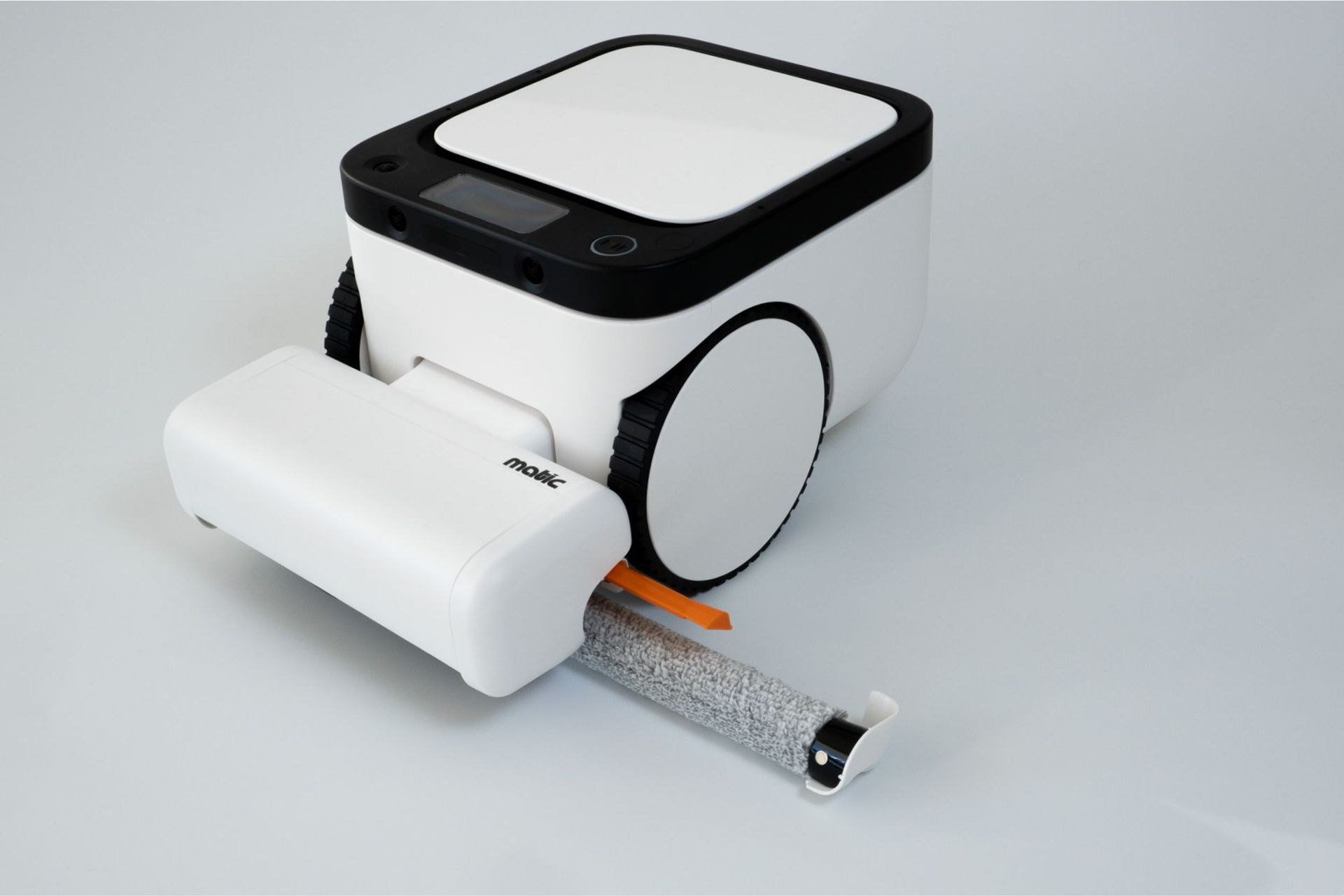Introduction
Robot Mop Types Explained — in today’s world of smart cleaning technology, robot mops have become a must-have for maintaining spotless floors with minimal effort. From compact models designed for small apartments to advanced hybrids that vacuum and mop simultaneously, there are many options to choose from. Understanding the types of robot mops and their differences will help you make a smarter buying decision that fits your cleaning needs, floor type, and budget.

The Rise of Smart Cleaning Devices
In the past decade, robotic cleaning devices have moved from being luxury gadgets to essential home appliances. Just like robot vacuums, robot mops simplify everyday chores by taking care of floor cleaning automatically. With intelligent mapping, water control, and self-cleaning features, these robots save time and ensure consistent cleanliness. But not all robot mops are created equal — each type offers unique benefits and technologies suited for different households.
Different Robot Mop Types Explained
Let’s break down the main categories of robot mops available today so you can identify which one suits your lifestyle and home.
1. Dedicated Robot Mops
Dedicated robot mops are designed solely for mopping functions. They come with a water tank, microfiber pads, and cleaning algorithms that simulate manual mopping. These models are ideal for homes with hard floors like tile, laminate, or vinyl.
Pros:
- Focused cleaning performance for hard floors
- Usually quieter than hybrid models
- More affordable than vacuum-mop combos
Cons:
- Cannot vacuum debris before mopping
- May require pre-cleaning to remove dust or crumbs
Best For:
Households that already have a vacuum cleaner and want an automated mopping companion.
2. Hybrid Vacuum and Mop Robots
Hybrid models combine both vacuuming and mopping functions. These smart devices can switch between dry and wet cleaning modes or even perform both simultaneously.
Pros:
- Saves time with dual cleaning capability
- Perfect for mixed floor types (carpet + hard floor)
- Often include advanced mapping and scheduling features
Cons:
- May not clean as deeply as a dedicated mop
- More expensive than single-function models
Best For:
Busy homeowners who want an all-in-one cleaning solution that handles dust, pet hair, and spills.
3. Self-Cleaning Robot Mops
This advanced category has revolutionized home cleaning. Self-cleaning robot mops come with docking stations that automatically wash the mop pads, refill the water tank, and sometimes even empty the dirty water.
Pros:
- Minimal maintenance required
- Consistent cleaning performance
- Hygienic and hands-free operation
Cons:
- Higher upfront cost
- Requires space for the large docking base
Best For:
Large households or tech-savvy users who prefer a fully automated cleaning experience.
4. Disposable Pad Robot Mops
These compact mops use disposable cleaning pads soaked with cleaning solution or water. They’re usually simpler and more affordable but not as feature-rich as smart models.
Pros:
- Easy setup and cleanup
- Lightweight and compact design
- Ideal for quick cleanups
Cons:
- Not eco-friendly due to single-use pads
- Limited battery life and cleaning coverage
Best For:
Small apartments or users who need quick, occasional cleaning sessions.
Key Features to Consider When Choosing a Robot Mop
When evaluating different robot mop types, you should consider several key features that determine their cleaning efficiency and user convenience.
1. Battery Life and Coverage
Look for models with long battery life, especially if your home has large floor areas. Some robots automatically return to the dock to recharge and resume cleaning.
2. Water Tank Capacity
A larger tank means fewer refills and longer mopping sessions. Smart models adjust water flow depending on the floor type.
3. Mapping and Navigation
Advanced navigation systems like LiDAR and smart mapping allow robot mops to clean efficiently without missing spots or bumping into obstacles.
4. Floor Type Compatibility
Not all robot mops work well on carpets or rugs. Choose one suitable for your primary floor type — tile, hardwood, or vinyl.
5. App Control and Voice Integration
Modern robot mops can connect to apps like Google Home or Alexa for scheduling and voice commands, offering full control at your fingertips.
Maintenance Tips for Long-Lasting Performance
To keep your robot mop performing at its best, regular maintenance is essential:
- Empty and clean the water tank after every few uses.
- Replace mop pads periodically for optimal cleaning results.
- Update firmware through the app to access the latest features.
- Keep sensors clean to ensure accurate navigation.
Following these simple practices will prolong the life of your robot mop and keep your floors spotless.
Popular Brands and Models to Consider
If you’re ready to buy, here are some reliable brands offering top-rated robot mop types:
- iRobot Braava Jet Series: Known for dedicated mopping performance and smart navigation.
- Roborock S8 Series: High-end hybrid models combining powerful vacuuming and precision mopping.
- Ecovacs Deebot T30 Omni: Self-cleaning system with automatic water refill and pad washing.
- Bissell SpinWave: Affordable hybrid option with spinning mop heads for deep cleaning.
- Narwal Freo: Premium all-in-one cleaner featuring advanced auto-cleaning dock technology.
Each brand offers various price points, from budget-friendly models under $200 to advanced systems above $1,000.
Benefits of Using a Robot Mop
Owning a robot mop goes beyond convenience. Here’s why it’s a game-changer for modern households:
- Saves time and effort: Automates repetitive cleaning tasks.
- Improves hygiene: Removes sticky residues and fine dust from floors.
- Eco-friendly cleaning: Uses minimal water and avoids chemical-heavy solutions.
- Custom cleaning schedules: Allows daily or weekly cleaning automation.
- Pet and allergy friendly: Helps reduce allergens and pet dander on the floor.
Common Mistakes to Avoid
Even the best robot mop can underperform if not used properly. Avoid these mistakes:
- Running it on uneven or cluttered floors without preparation.
- Using improper cleaning solutions that damage tanks or pads.
- Forgetting to replace pads or empty dirty water.
- Ignoring firmware updates that enhance functionality.
By following manufacturer guidelines and good practices, your robot mop will deliver reliable cleaning every time.
Eco-Friendly Alternatives and Smart Upgrades
If sustainability is a priority, choose models compatible with reusable microfiber pads and low-water consumption technology. Some robot mops even feature sensors that detect dirtier spots, reducing unnecessary water waste.
For future-ready homes, investing in a self-cleaning robot mop with AI mapping ensures efficient, eco-friendly cleaning with minimal manual input.
Conclusion
Understanding Robot Mop Types Explained helps you make the right choice based on your floor type, lifestyle, and cleaning preferences. Whether you opt for a dedicated mop, a hybrid model, or an advanced self-cleaning system, the key is selecting one that balances performance, convenience, and budget. With the right robot mop in your home, you can enjoy sparkling clean floors effortlessly — every single day.
